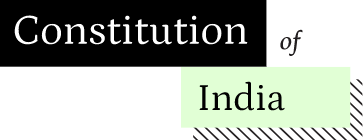“The village with its twelve streets was divided for purposes of the selection into thirty wards or electoral units. There was a meeting of each ward at which the residents were to assemble, and each of them was required to write down on a ticket the name of the person he voted for after consideration of his eligibility for membership of the committee as defined by the regulations framed by the assembly. The ticketswere then to be arranged in separate packets corresponding to the thirty wards. Each packet bore the name of the ward it represented on its ‘covering ticket.’ The packets were put into a pot. Then the pot was placed before ‘a full meeting of the great assembly’ including the young and old (members), as also all the temple priests who happened to be in the village on the day “without any exception whatever” in the inner hall where the great assembly meets. ‘In the midst of the temple priests, one of them who happens to be the eldest shall stand and lift that pot looking upwards so as to be seen by all people.’ ‘One of the young boys who did not know what was inside was then called to pick out one of the packets. The tickets in this packet were then ‘transferred to another empty pot and shaken,’ i.e., shuffled thoroughly. The boy then drew one ticket out of the pot and made it over to the arbitrator (madhyastha). ‘While taking charge of the ticket thus given to him, the arbitrator shall receive it on the palm of his hand with the five fingers open. He shall read out the name on the ticket thus received. The ticket read out by him shall also be read out by all the priests present in the inner hall. Thename thus read out shall be put down and accepted. Thirty names were thus to be chosen, representing each of the wards.”[93]
